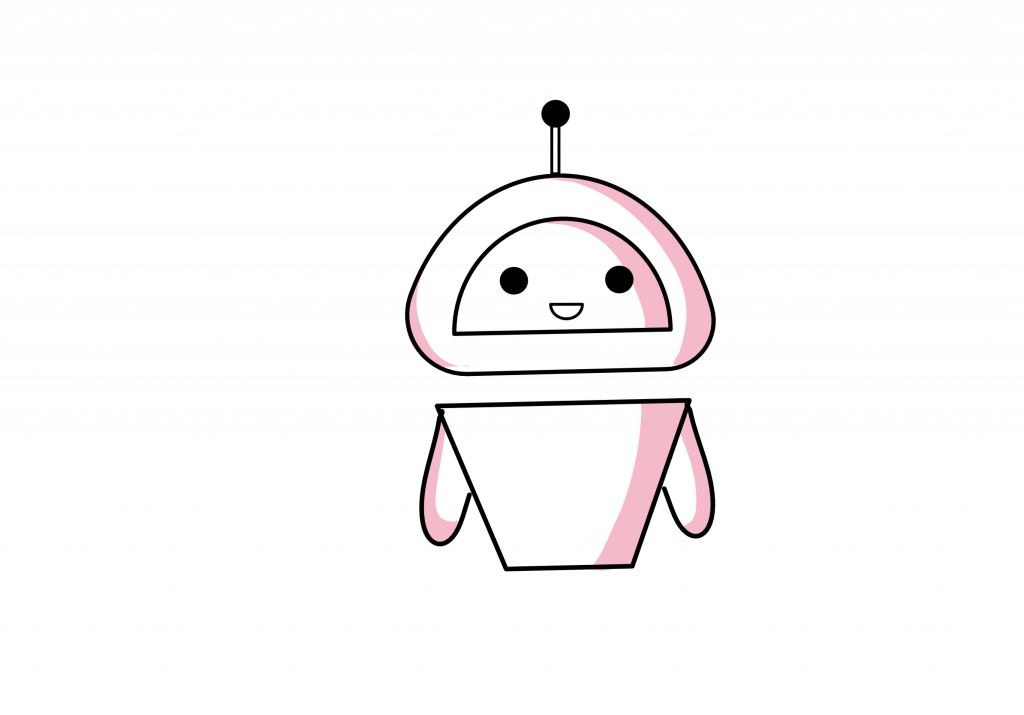Customer experience has consistently proven to be a game-changer, regardless of the industry your organization operates in. When two companies offer the same products at comparable price points, the brand with the better customer service typically wins out. The competition has never been stiffer due to the increased demand for financial services, notably from consumers trying to handle their accounts at home as a result of COVID-19 and the general digital transition.
In an effort to offer the finest service to as many consumers as possible, this competition has led to an increase in the number of chatbots in the banking sector. The market is changing, and chatbot users are changing with the technology. Let’s examine the motivations for the establishment of banks and other financial institutions.
Key Advantages Of Chatbots
1. Actively Engaging Customers:
Customers may have to wait until the start of business hours for responses to their enquiries if a bank cannot afford to have a team of agents who are available around-the-clock. Even on weekends and in the evenings, a chatbot will cut down on waiting times and keep customers informed and interested.
Chatbots are not limited to just resolving FAQs. They can also be configured to forward more complex enquiries to a human agent and upsell or cross-sell financial goods depending on prior transaction history. Along with conversing with customers, they can provide website visitors with bank updates or financial guidance.
Customers may have to wait until the start of business hours for responses to their enquiries if a bank cannot afford to have a team of agents who are available around-the-clock. Even on weekends and in the nights, the finest online chatbot will shorten wait times and keep users informed and interested.
There isn’t a more straightforward method to raise website user engagement!
2. More Effective Customer Feedback Collection:
Gathering consumer feedback is usually not a part of the transaction process unless the bank rigorously enforces it. Due to privacy concerns or the notion that their input won’t matter, some customers are hesitant to offer feedback. When they do provide feedback, they like having a conversation to filling out a form.
Customers could be persuaded that the bank will preserve their personal information and take comments seriously with the use of a chatbot that can collect consumer feedback. A chatbot can detect typical customer pain spots and notify decision-makers about the need for adjustments when combined with AI and big data.
3. Reduced Total Costs:
Depending on what you want a chatbot to accomplish, the price may change. The development cost will be reasonably modest if you intend to use the chatbot for updates and frequently asked questions. However, it will cost more for sophisticated transactions like balance inquiries or money transfers.
A chatbot designed for Facebook Messenger will cost a few thousand dollars, however a dedicated chatbot for a company website might cost up to ten times as much, depending on the platform you choose. Nevertheless, no-code technology enables even the smallest company to develop a chatbot in a matter of minutes! All things considered, however, chatbot development costs are significantly less when compared to the costs associated with employing and training a team of customer support representatives, particularly if the chatbot is cloud-based or makes use of existing technologies. A chatbot also doesn’t take vacation days or get sick.
What Are The Most Popular Use Cases Of Chatbots In The Financial Sector?
It’s hard to believe that just a few years ago, industry professionals were still discussing whether chatbots will ever completely replace mobile apps in the financial services sector. It is now difficult to imagine a bank without some kind of chatbot technology integrated into its app or website. Here are a few examples of chatbots that banks have developed as part of their strategy for improving customer experience:
24/7 Customer Support
As a result of the rapid growth of the Chinese banking business, established firms in the sector regularly have to fend off attempts from startups that focus on disruptive technology. Unknown to many, China has been using chatbots since 2013 when Tencent introduced a bot platform based on its well-known WeChat application. As businesses employed the technology to interact with their customers round-the-clock, it soon gained popularity.
Due to the Chinese banking industry’s explosive growth, established companies in the industry frequently encounter challenges from startups that concentrate on disruptive technology. Unbeknownst to many, China has been employing chatbots since 2013, when Tencent unveiled a framework for bots based on its popular WeChat program. As companies started using technology to communicate with clients 24/7, it quickly became commonplace.
Financial Services with a Personal Touch:
Australia is another country that has implemented bank chatbots, with Commonwealth Bank, one of the main financial organizations there, launching a chatbot with the name of Ceba. Getting account balances, paying bills, activating loans, and creating new accounts are just a few of the more than 200 actions that Ceba helped customers with as of 2018.
Ceba’s AI and natural language processing technology, which the bank said would enable it to learn more than 500 activities within a year of its launch, are, nevertheless, its strongest points. In order to accommodate the countless questions its customers ask, Commonwealth Bank anticipates that the chatbot will eventually be able to answer over 500,000 queries.
For instance, the chatbot should be able to understand requests for the platform’s account opening feature such as “I want to open a new account,” “New account,” and “Can I open a new account.” Regardless of the specific vocabulary a user uses, Ceba can deliver tailored service that recognizes their goals.
Automation of back-office tasks:
What takes place when a consumer is not on the phone with an agent is a part of the customer experience. In fact, since they control the outcomes clients receive, one could argue that back-office operations are just as important as activities involving customers.
One of the most frequent complaints among bank customers, for instance, is that they have to wait too long for their loan application to be processed before learning that they are ineligible for one.
The COIN solution from JPMorgan Chase differs from most of the chatbots we’ve discussed so far in that it isn’t customer-facing. It simplifies the work of tens of thousands of attorneys and loan officers who annually log more than 360,000 staff hours on rote duties like reading and interpreting loan agreements.
So why are chatbots changing the game?
Even the smallest banks and financial services organizations may soon be able to afford their own chatbot as they become more affordable and simple to operate. In fact, we anticipate that soon a customer’s decision to create an account with a bank will be influenced by the appearance of a chatbot in that bank’s mobile app.
Our understanding of chatbots’ potential in the financial services sector is still in its infancy, especially when integrated with other technologies like big data, AI, machine learning, and natural language processing.
There are countless options. Using face recognition for zero-touch banking, mobile apps and chatbots integrated with the Internet of Things for voice-powered transactions, or even offering real-time blockchain or cryptocurrency updates are just a few examples.
However, the ultimate goal of all these new technologies should be to improve the consumer experience in the banking industry. Customers can tell if a chatbot serves that goal or is merely there for show.




